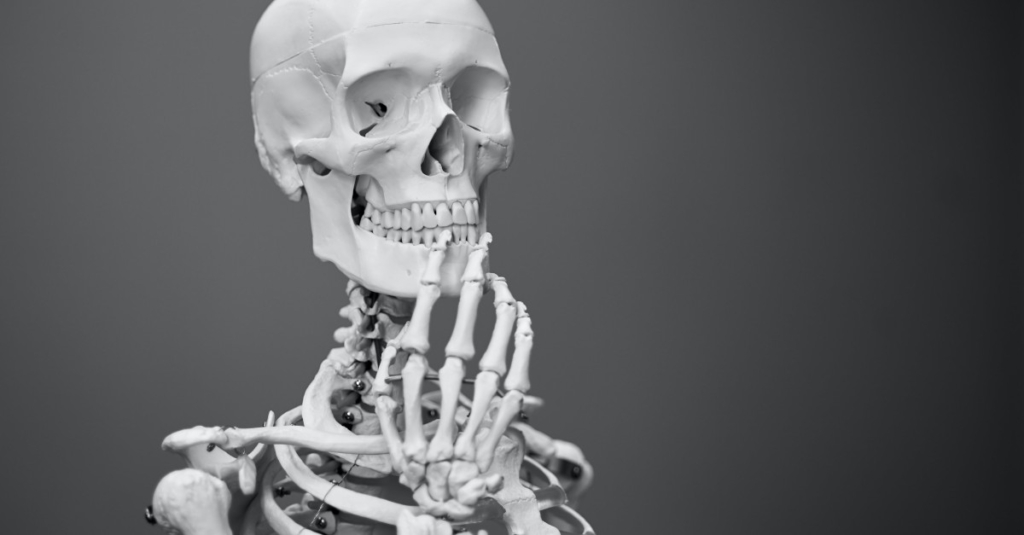The findings of a new study in mice suggest that hypertension may be associated with significant bone loss. The skeletal quality of young mice with high blood pressure was similar to the skeletal quality of older mice without high blood pressure, suggesting that hypertension’s effects on bone quality, including strength, may mimic those of aging.
Researchers at the American Heart Association’s Hypertension Scientific Sessions 2022 conference, held Sept. 7-10, 2022, in San Diego, have reported that young mice induced by high blood pressure suffered osteoporosis-related bone damage that was comparable to that of older mice. High blood pressure, its relationship to cardiovascular disease, stroke, obesity and genetics are among the topics discussed at this meeting, which is the premier scientific exchange in the field.
It is common for people to have high blood pressure and osteoporosis at the same time. Studies in mice found a connection between inflammation and osteoporosis associated with high blood pressure.
“Failure force translates into weaker bones“
DR ELIZABETH MARIA HENNE, BIOMEDICAL ENGINEERING, Vanderbilt University
A new bone is formed as well as new immune cells are produced in the bone marrow. According to Vanderbilt University biomedical engineering Ph.D. candidate Elizabeth Maria Hennen, a pro-inflammatory immune cell population in the bone marrow may cause damage to the bone and lead to weakening,” she said. “By understanding how hypertension contributes to osteoporosis, we may be able to reduce the risk of osteoporosis and better protect people later in life from having fragility fractures and a lower quality of life.”
Researchers analyzed mice’s bones after six weeks with micro-computed tomography, an advanced imaging method. As a measure of bone health, bone strength and density were measured. In order to determine the effects of hypertension and aging on the microstructure and strength of mice’s bones, mathematical algorithms were used.
It has been shown that young mice with induced hypertension have a significant reduction of bone volume fraction of 24 percent, a reduction of 18 percent in the thickness of sponge-like trabecular bone located at the ends of long bones, such as the femurs and spine, and a reduction of 34% in estimated failure force, which is the ability of bones to resist multiple forces.
As people age, early detection and treatment of high blood pressure may help prevent bone loss.






